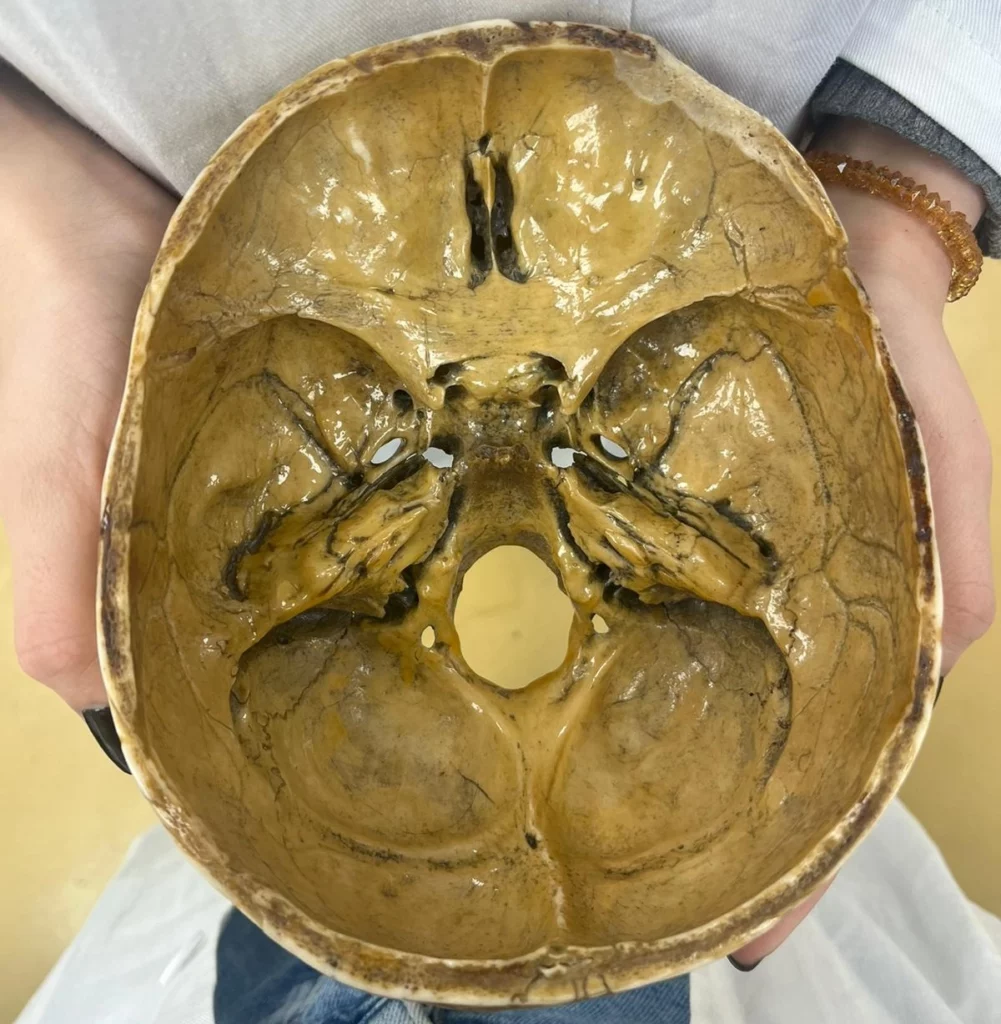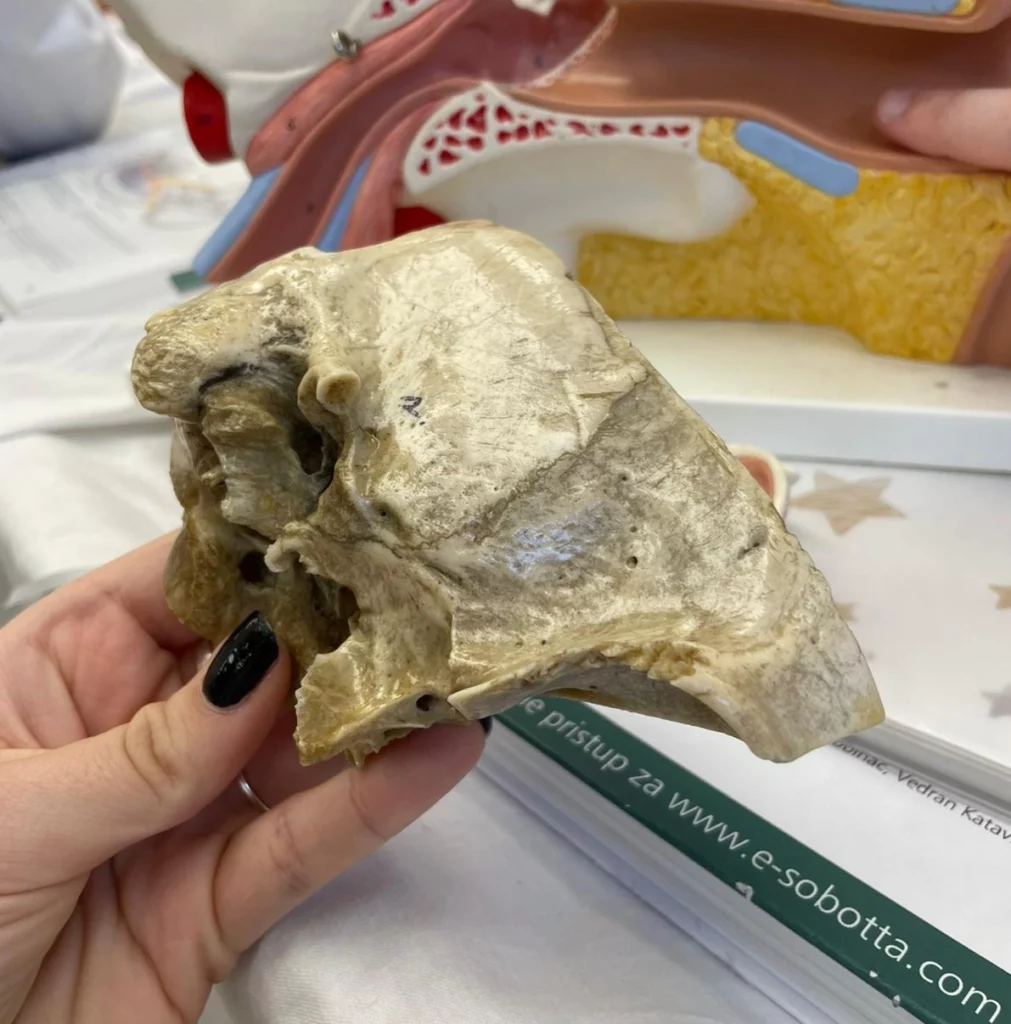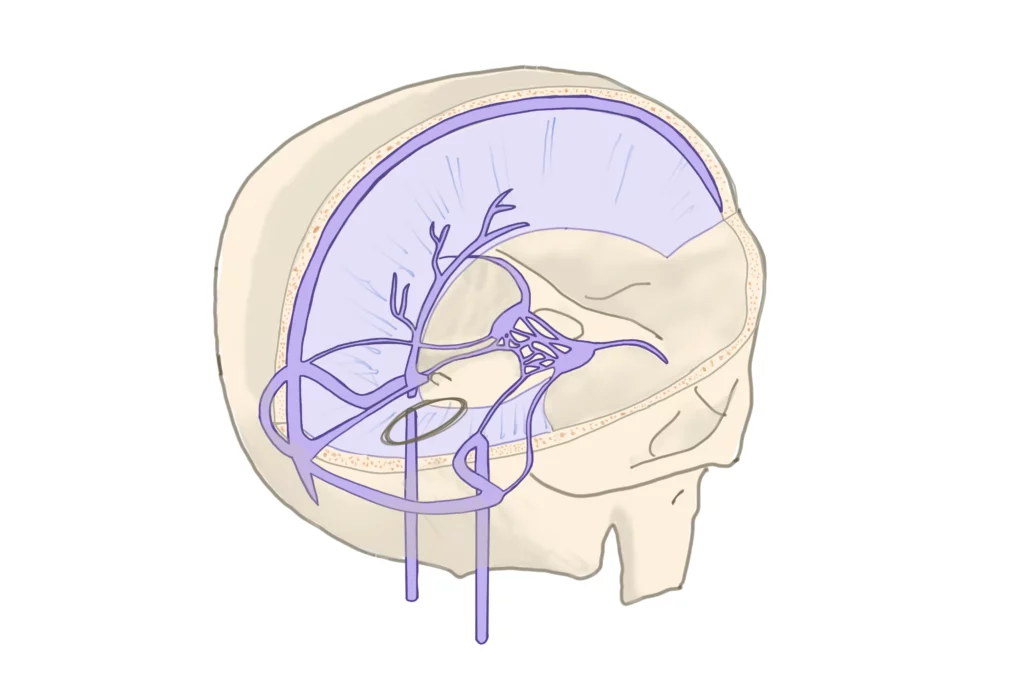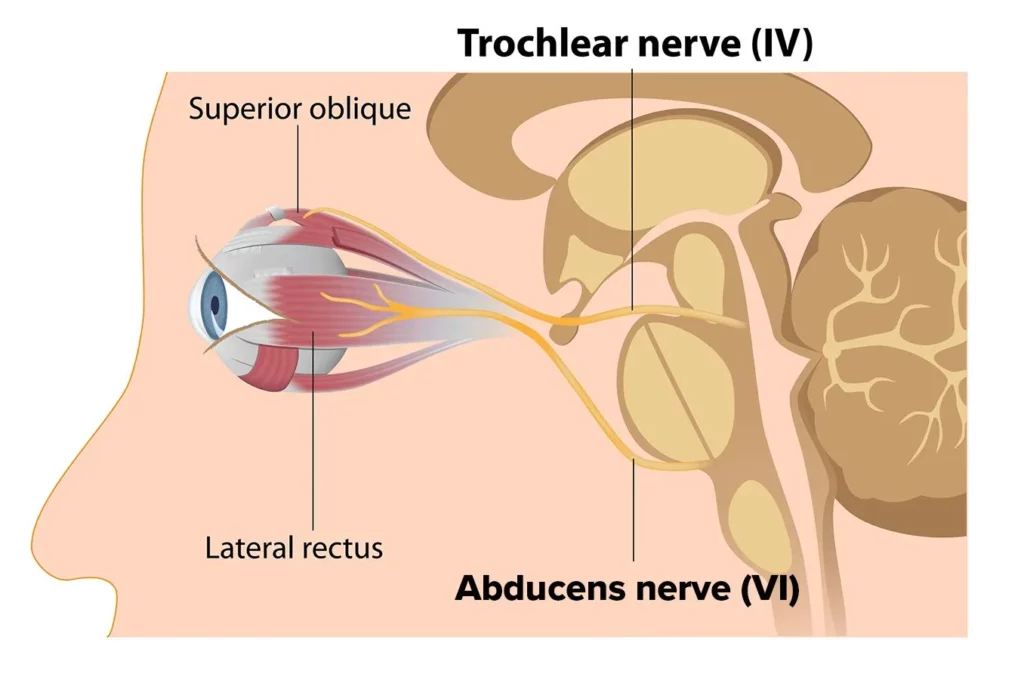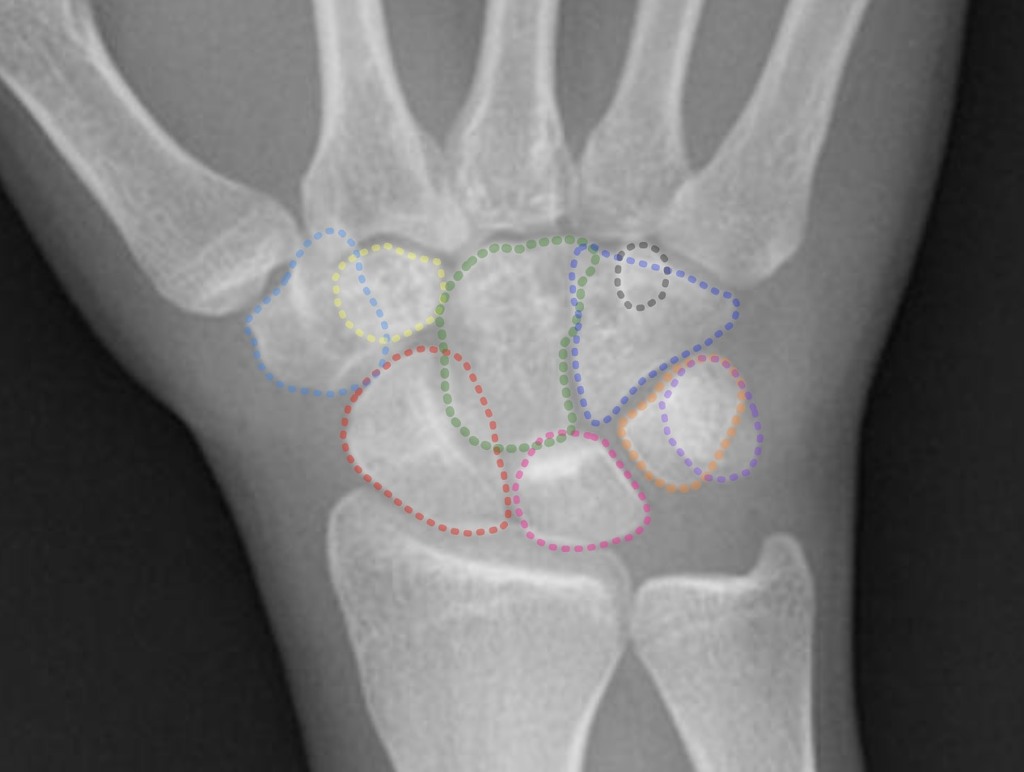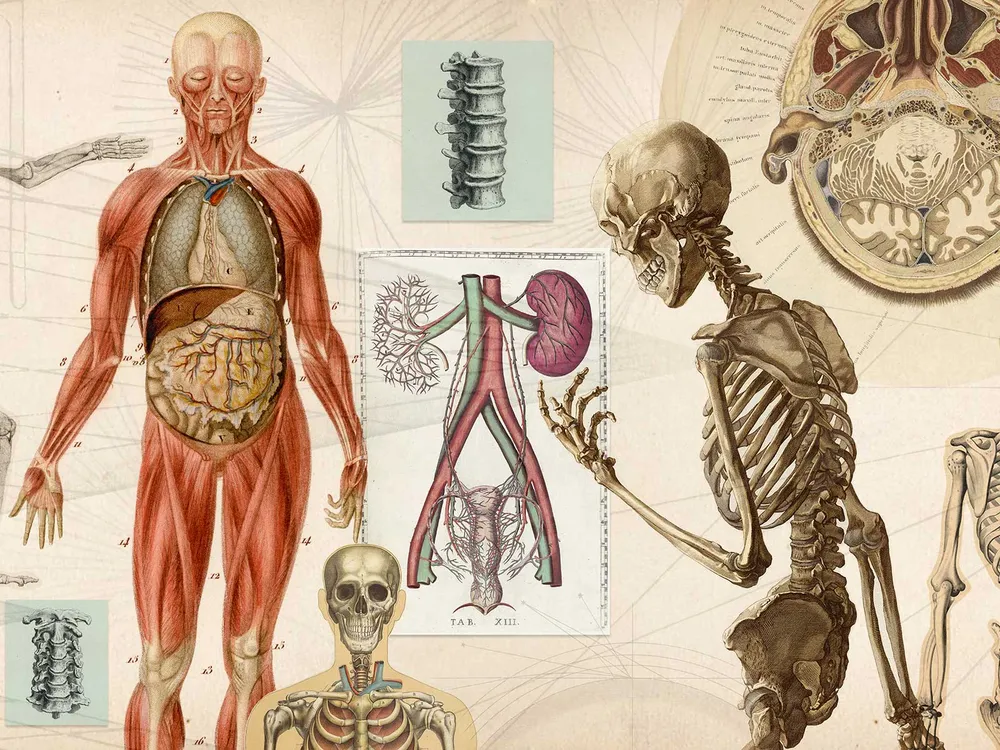Base of the Skull: Anatomy Deep Dive
The base of the skull, a complex and intricate area, has an important role in the anatomy of the head and neck area. Serving as a bridge between the brain and the rest of the body, it not only provides support for the brain but also houses numerous anatomical structures. Let’s explore the bones constituting […]
Base of the Skull: Anatomy Deep Dive Read More »
